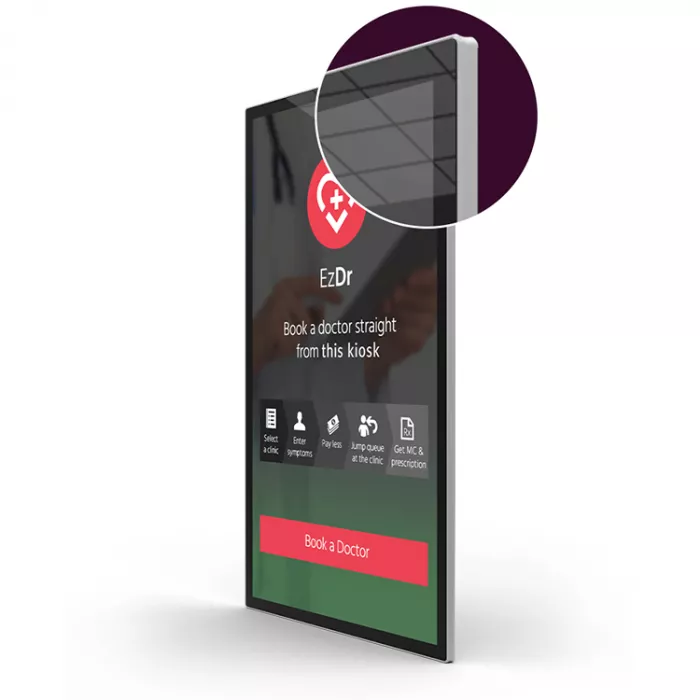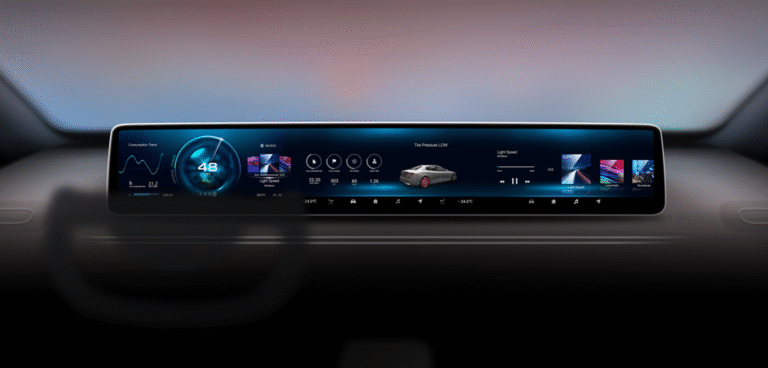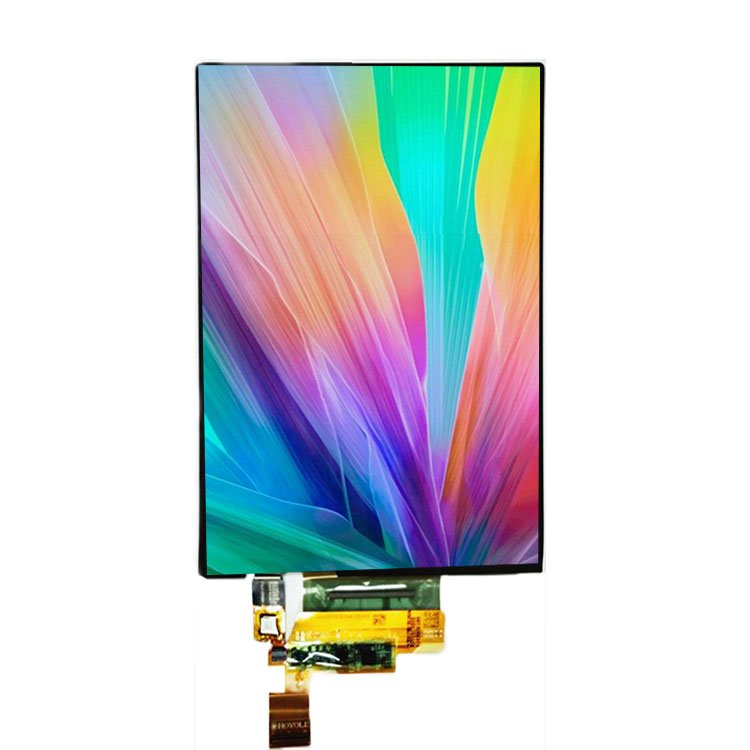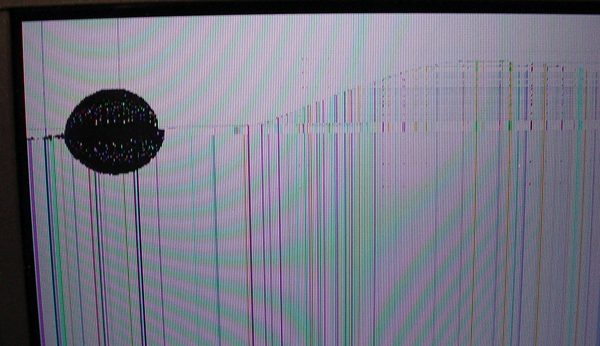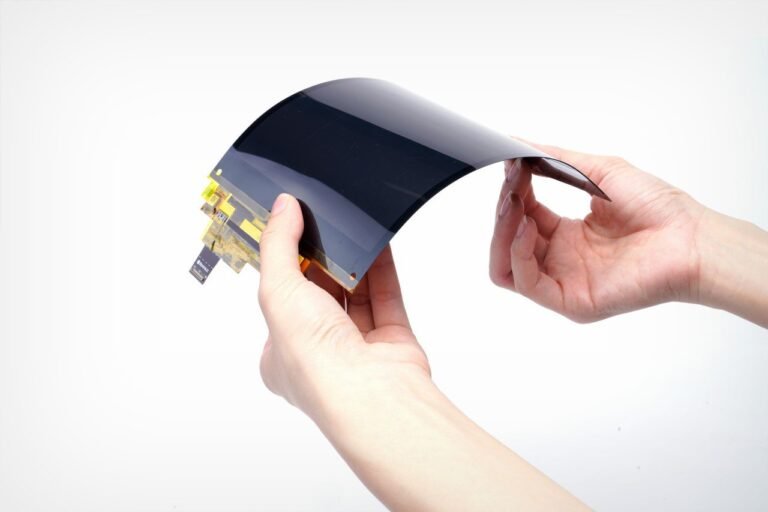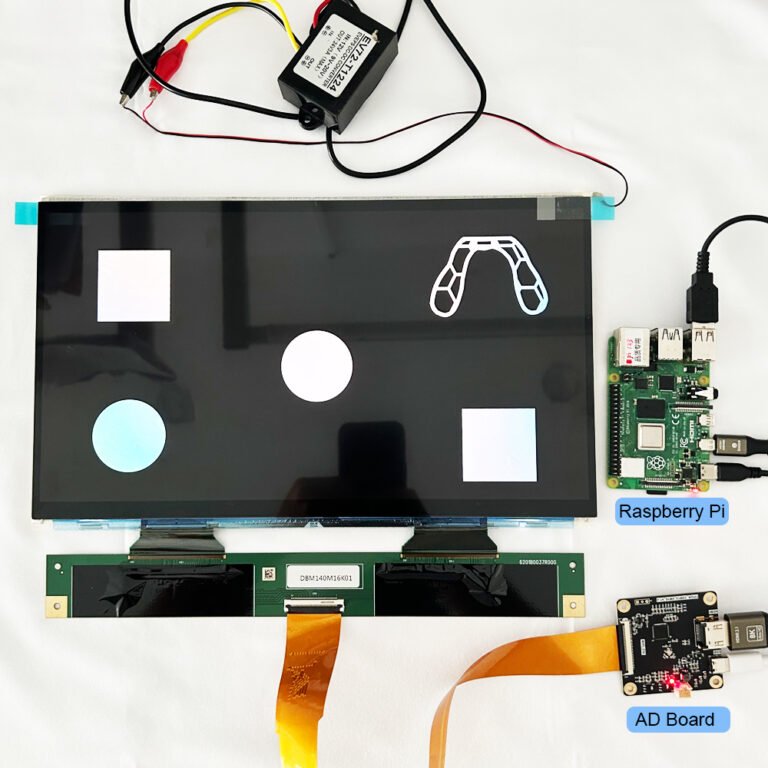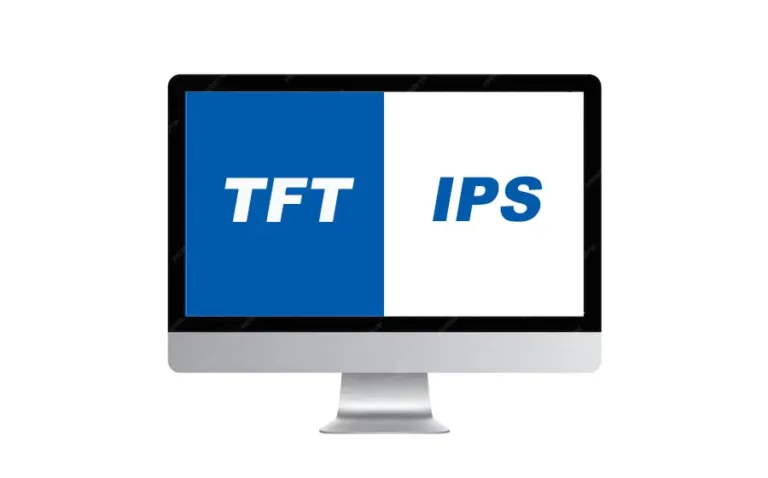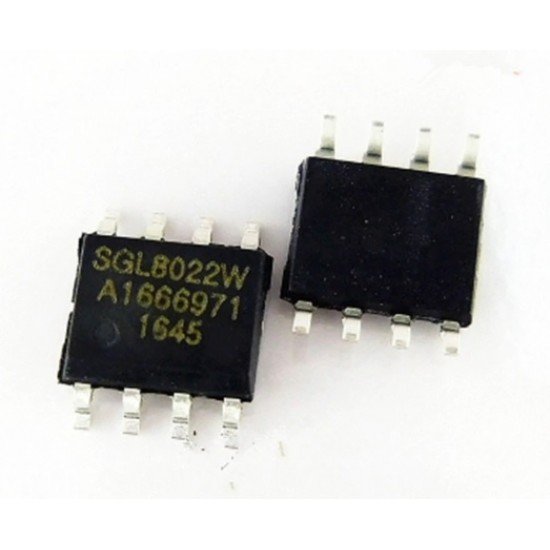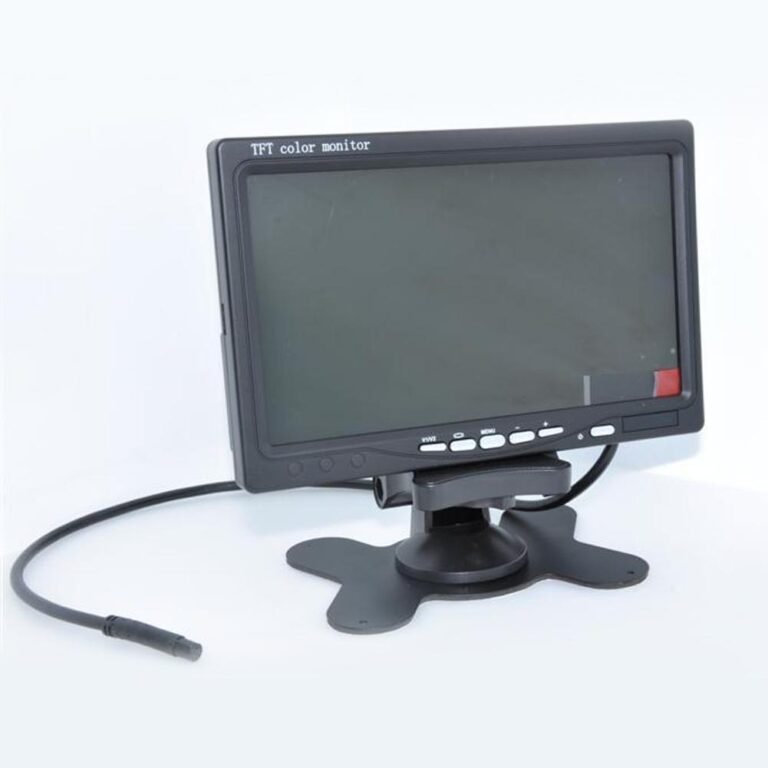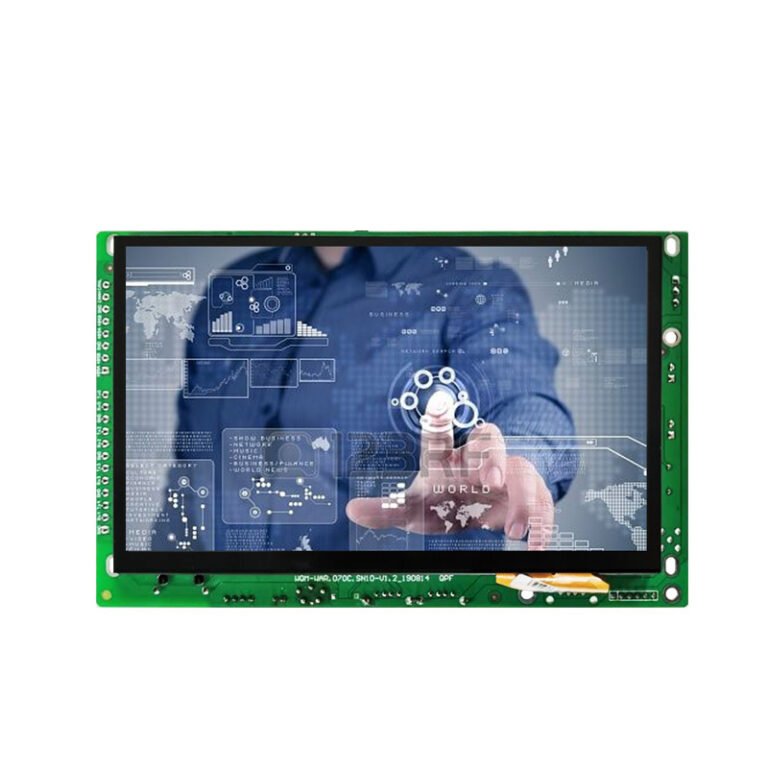What Is an HDMI Touch Display?
アン HDMI touch display is a screen that combines HDMI connectivity—one of the most widely used video/audio interfaces—with touch input functionality. Unlike traditional monitors, these displays not only show high-resolution content but also enable users to interact directly with the screen through gestures, taps, and swipes.
They are commonly used in:
- Point-of-sale systems (POS)
- Kiosks and interactive terminals
- Medical monitoring equipment
- Smart classrooms and conference rooms
- Gaming and entertainment setups
- Industrial human-machine interfaces (HMI)
Key Advantages of HDMI Touch Displays
1. Universal Compatibility
HDMI is a global standard supported by nearly all modern computing and multimedia devices, from laptops and tablets to single-board computers like the Allwinner. This makes HDMI touch displays extremely versatile—no need for complex adapters or proprietary connectors.
For example, a teacher can connect a laptop to a classroom HDMI touch display instantly, while an engineer can plug a Raspberry Pi into the same display for prototyping.
2. High-Quality Visuals
HDMI supports high-definition (HD), Full HD, and even 4K resolution, delivering crisp images, vibrant colors, and minimal signal degradation. Combined with touch capability, this ensures a seamless, immersive user experience.
- Crisp text for medical imaging
- Vivid colors for design and creative work
- Smooth video for gaming and presentations
3. Plug-and-Play Simplicity
Unlike specialized industrial interfaces such as LVDS or MIPI, HDMI is plug-and-play. Users only need to connect the HDMI cable and a USB (or serial) cable for the touch function. No complicated driver installation is typically required—especially on modern operating systems like Windows, Linux, or Android.
This simplicity reduces installation time and minimizes troubleshooting.
4. Cost-Effective Integration
Because HDMI is widely adopted, HDMI touch displays benefit from economies of scale, making them more affordable than proprietary industrial display solutions. Businesses can save significantly on:
- Initial hardware investment
- Maintenance costs
- Training time for staff (due to familiar interface standards)
5. Multi-Touch Functionality
Most HDMI touch displays support マルチタッチジェスチャー (pinch-to-zoom, two-finger scrolling, rotation, etc.), making them ideal for collaboration and creativity. For example:
- Architects can manipulate 3D models directly.
- Students can collaborate on interactive whiteboards.
- Shoppers can explore product catalogs at retail kiosks.
6. Wide Range of Applications
- Education & Training: Interactive whiteboards and e-learning tools.
- 医療分野: Touch-enabled patient monitoring systems and diagnostic tools.
- 小売・ホスピタリティ: 顧客エンゲージメント向上のためのデジタルサイネージおよびインタラクティブキオスク。
- 産業用: 操作パネル、HMIシステム、ファクトリーオートメーション。
- ゲーミング&エンターテインメント: シミュレーターおよびアーケードシステム向没入型タッチ制御。
HDMIタッチディスプレイは 消費者の利便性 そして 産業用の信頼性.
7. 長期的な拡張性
HDMIは 2003年以降の業界標準であり、下位互換性により 将来にわたる投資保護が保証されます。HDMI 2.0、HDMI 2.1へと進化しても、ほとんどのディスプレイは旧バージョンと互換性を維持。
この安定性は、急速に陳腐化する可能性のある独自インターフェースに比べ、旧式化リスクを低減します。
産業用と消費財のユースケース
一般的な 民生用HDMIタッチディスプレイ がオフィス・家庭・教室で使用される一方、 産業用モデル は 堅牢な設計、高輝度画面、広範な温度耐性.
例えば
- A 民生用HDMIディスプレイ の輝度は250 cd/m²程度であるのに対し、
- アン 産業用HDMIディスプレイ は 1000 cd/m²超を達成し、直射日光下でも視認性を確保。
産業グレードのHDMIタッチスクリーンには IP規格のエンクロージャを装備し、塵埃や水への耐性を保証。
HDMIタッチディスプレイの将来動向
HDMIタッチディスプレイの進化は以下に向かっています:
- 4K/8K解像度対応 による鮮明な視覚表現
- 光学接合技術 による反射低減と高精細化
- IoTシステムとの統合 による智能的インタラクション
- ワイヤレスHDMIオプション による配線簡略化
- 省エネバックライト による低消費電力化
インタラクティブ技術の普及が進む中、HDMIタッチディスプレイは 消費財の革新 そして 産業の近代化.
結論
の双方で中枢であり続けます。 HDMIタッチディスプレイ の利点は利便性を遥かに超越。その ユニバーサル互換性、高解像度出力、プラグアンドプレイの簡便性、コスト効率、マルチタッチ機能 が、業界を超えた魅力的な選択肢となっています。 教室、病院、小売店、工場を問わず、HDMI対応タッチスクリーンは 性能、柔軟性、信頼性 を提供し、他方式のディスプレイが匹敵し得ない水準を実現。
ディスプレイソリューションの 将来性を重視する企業にとって、HDMIタッチディスプレイは アクセシビリティと性能の均衡を体現する技術であり、デジタルインタラクションが標準となる中、その重要性は持続的に拡大しています。



